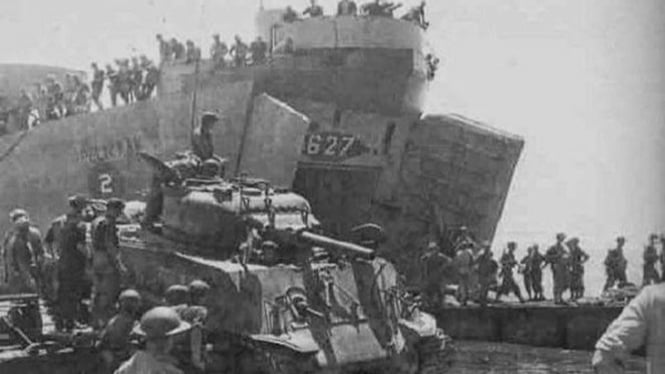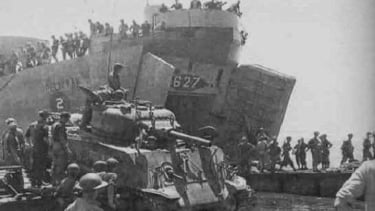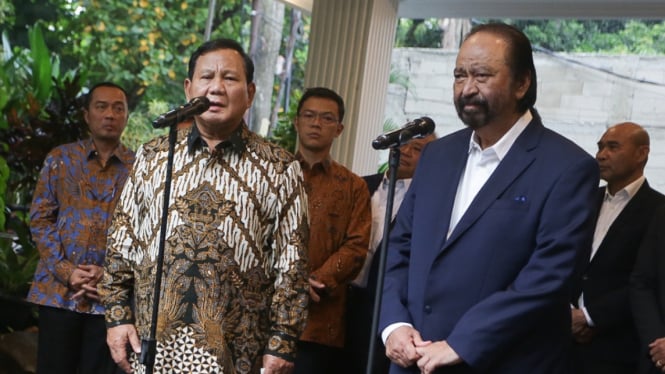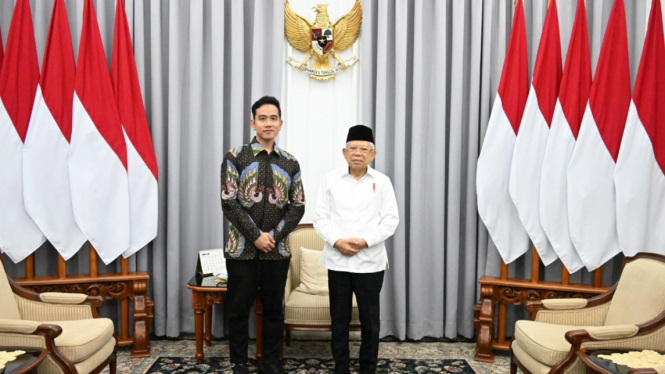- U-Report
VIVA – The General Offensive of March 1, 1949, or Indonesian known as Serangan Umum 1 Maret 1949 was a military offensive during the Indonesian National Revolution where Yogyakarta city was held by Indonesian troops for six hours.This played an important role in causing international pressure to be exerted on the Netherlands.
The attack involved several Indonesian heroes. They did not want the territory of the Republic of Indonesia to be controlled by the Dutch again. Well, here is the history of the general offensive on March 1, 1949, starting from the causes to the chronology, as reported by various sources.
General Offensive of March 1, 1949, caused:
The main cause of the general offensive was motivated Dutch propaganda to the international community claiming that Indonesia had been destroyed. Not only that, but Dutch groups also said that there were no Indonesian army troops left even though the country was already independent.
With the absence of the Indonesian state and army, the Dutch felt they could freely regain control of Indonesian territory. Knowing the successful propaganda from the rival, the Indonesian side did not remain silent and immediately strategized to counter it.
Tugu Serangan Umum1 Maret 1949
- Dinas Kebudayaan Yogyakarta
Chronology of General Offensive of March 1, 1949
Before the general offensive of March 1, 1949, Indonesian National Army (TNI) troops and some people participated in strategizing to launch a counterattack on the Netherlands.
As quoted from the book General offensive on March 1, 1949, in the Kaleidoscope of the History of the Struggle to Defend Indonesian Independence (2010) by Batara R. Hutagalung, the attack was carried out by TNI troops from Brigade 10/Wehkreise III under the leadership of Lieutenant Colonel Soeharto.
Before attacking, the troops had received permission from Sri Sultan Hamengku Buwono IX, who at that time was the Head of the Special Region of Yogyakarta.
Here’s the chronology:
On the night before the general offensive, TNI troops had begun to infiltrate various corners of the city throughout Yogyakarta.
At 6 am on March 1, 1949, a siren was sounded as a sign that the curfew was over and the general offensive was ready to be launched. When the TNI troops went into action, the Dutch were so surprised by the sudden general offensive that they did not have much time to prepare a counterattack.
In a fairly short time, the TNI troops managed to repel the Dutch troops out of Yogyakarta, because the entry permit into the area was also illegal.
The TNI's success after dispersing the Dutch became good news and was disseminated abroad through Burma so that the radio news reached the Indonesian representative at the United Nations, New York, United States.
Not only that, but news of the success of the general offensive also spread in the country through the government radio network.
Because of the general offensive on March 1, 1949, international support began to come to Indonesia, including the United States government, which initially supported the Dutch, began to change its attitude and asked the Dutch to negotiate with Indonesia.
Peringatan Serangan Umum 1 Maret 1949 di Makam Taman Pahlawan Kusumanegara, Yogyakarta
- ANTARA FOTO/Andreas Fitri Atmoko
March 1, 1949, General Offensive, impact:
1. Proving that the existence of the TNI is still very strong and able to attack.
2. Defending the wealth of the Republic of Indonesia.
3. Indonesia received an offer from the UN Security Council.
4. Restoring the people's trust in the TNI's work performance.
5. Can change the attitude of the United States government towards the Netherlands, so that they want to negotiate with Indonesia.
6. Breaking the false propaganda by the Dutch against Indonesia in the international world.
To commemorate this historical moment, March 1, 1949, General Offensive Monument was built in Yogyakarta, precisely in the area around the Vredeburg Fort Museum. The monument is one of the landmarks that reminds the Indonesian people of their struggle against the colonizers in the past.























